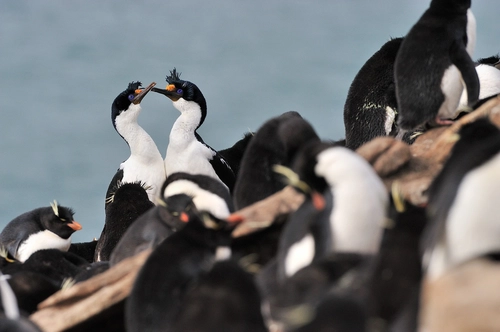One of the most remarkable aspects of South Georgia Island is its immense population of King penguins. This island serves as a significant breeding ground, and breathtaking aerial photos have captured the sight of hundreds of thousands of King penguins gathered together. This colony is known as the largest crèche in the world, making it one of the top destinations globally for observing King penguins.
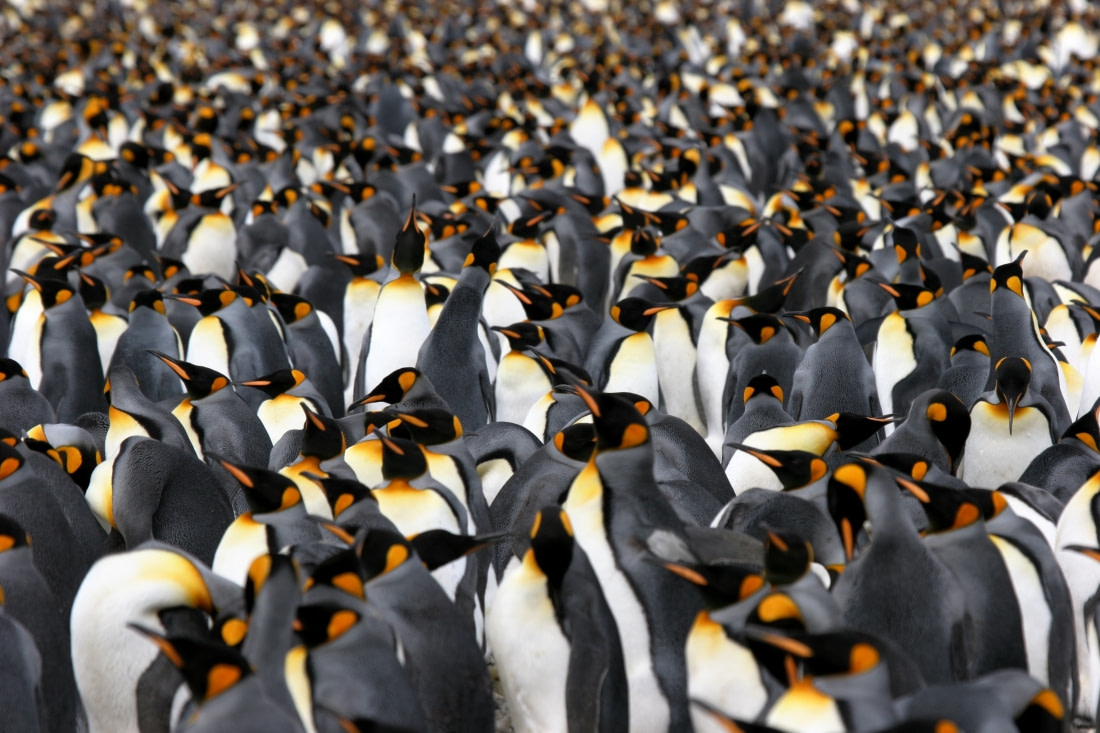
King penguin facts
The King penguins found in South Georgia belong to the second largest penguin species in the world. They can grow up to 100 cm (39 inches) tall, with a maximum average adult weight of 16 kg (35 lbs). These penguins are primarily black and white, with distinctive yellow markings on their heads. Most King penguins inhabit the Sub-Antarctic region and have adapted to thrive in these conditions. Their bodies boast an impressive 70 feathers per 6.45 square cm (1 square inch). They have three inner layers of down feathers for insulation, while the outer feathers are waterproof and oiled. This combination allows them to flourish in cold climates and glide gracefully into the water. King penguin chicks are hatched and raised in colonies without actual nests. Each mating pair has its own small territory within the colony. It takes up to 16 months to fledge each chick, and adult mating pairs can rear no more than two chicks over a three-year period.
Macaroni penguins
Many visitors to South Georgia Island come to see King penguins, but they are not the only penguin species in the area. Macaroni penguins are also abundant here. The 3 million breeding pairs on South Georgia constitute the largest macaroni penguin population in the world. This species gets its name from its unique yellow crest feathers, which early explorers thought resembled the 18th-century men's hat style called macaroni. Macaroni penguins are characterized by their large, orange-brown bill, pink feet, white undersides, and black backs. They also have a small section of pink skin extending from each eye to the base of their bill.
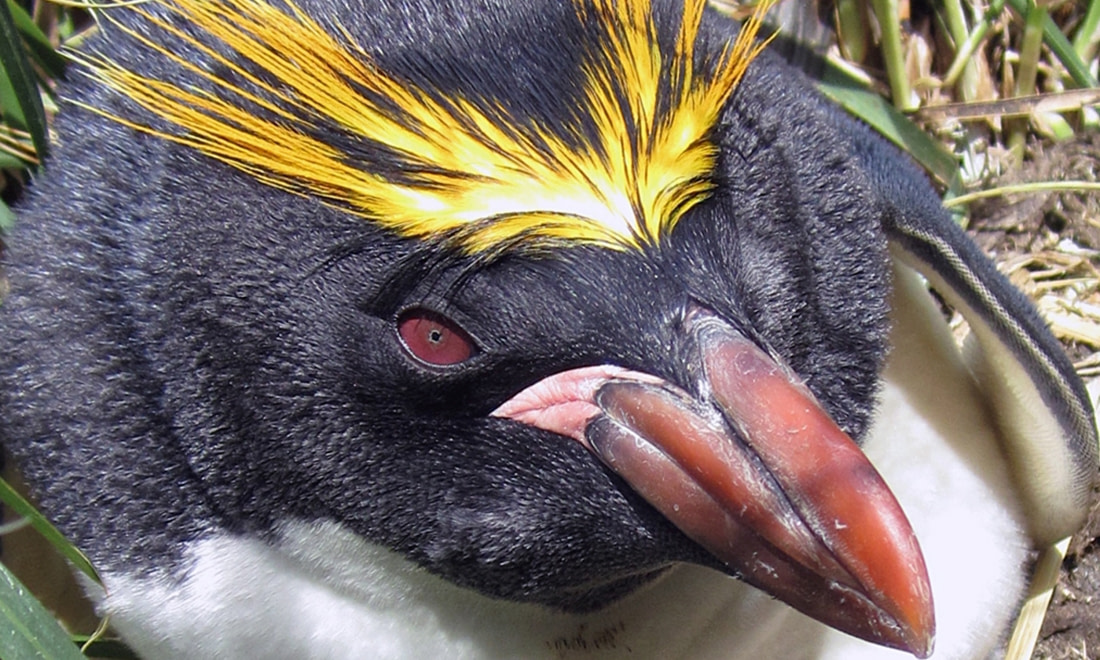
The average height of a Macaroni penguin is 71 cm (28 inches), and they typically weigh around 5.5 kg (12 lbs). These penguins can dive 48 meters (157.5 feet) in search of food, primarily krill. The breeding season begins each year in October and November, with both parents sharing the 37-day incubation process.
Additional penguins
While King and Macaroni penguins are the most notable, visitors might also encounter chinstrap and gentoo penguins. Overall, South Georgia is one of the best places in the world for penguin enthusiasts to observe and photograph these fascinating creatures.
Other species of note
Penguins are a major attraction for adventurers seeking a once-in-a-lifetime trip, but they are not the only wildlife worth observing on or near South Georgia Island. Seals are also a significant part of the local ecosystem, with two species frequently spotted by travelers.
- Elephant Seals – These carnivorous mammals can live up to 22 years in the wild. They haul out and rest in large piles, covering some beaches during their main breeding season. Adult male elephant seals can reach lengths of 6 meters (20 feet) and weigh up to 4,000 kg (8,800 lbs). They can remain submerged for an impressive two-hour duration. There are two types of elephant seals: southern and northern. The southern type, found in South Georgia, is the largest seal species in the world and can dive up to 1,500 meters (4,921 feet) in search of food.
- Antarctic Fur Seals – Smaller than elephant seals, fur seals are often considered the cuter of the two species. These carnivorous mammals have an average life expectancy of up to 30 years. Adult fur seals range from 1.2 to 3.1 meters (4 to 10 feet) in length and can weigh up to 317 kg (700 lbs). One fascinating fact about fur seals is that female seals and their cubs communicate via a unique call specific to them. Researchers have found that this call remains recognizable even after four years apart, and it may extend to an even longer time frame.
The wandering albatross
Another significant point of interest for wildlife enthusiasts is the wandering albatross population. This is the largest bird species capable of flight, with a wingspan reaching up to 3.4 meters (11 feet). The wandering albatross can weigh up to 10 kg (22 lbs). Typically, these birds have white and brown feathers, with some also featuring a few grey feathers. The wandering albatross breeds every other year, taking around nine months from reuniting with their mate after a year at sea to fledging their one chick. This species is also known for its ability to travel up to 16,093 km (10,000 miles) without flapping its wings, thanks to dynamic soaring.
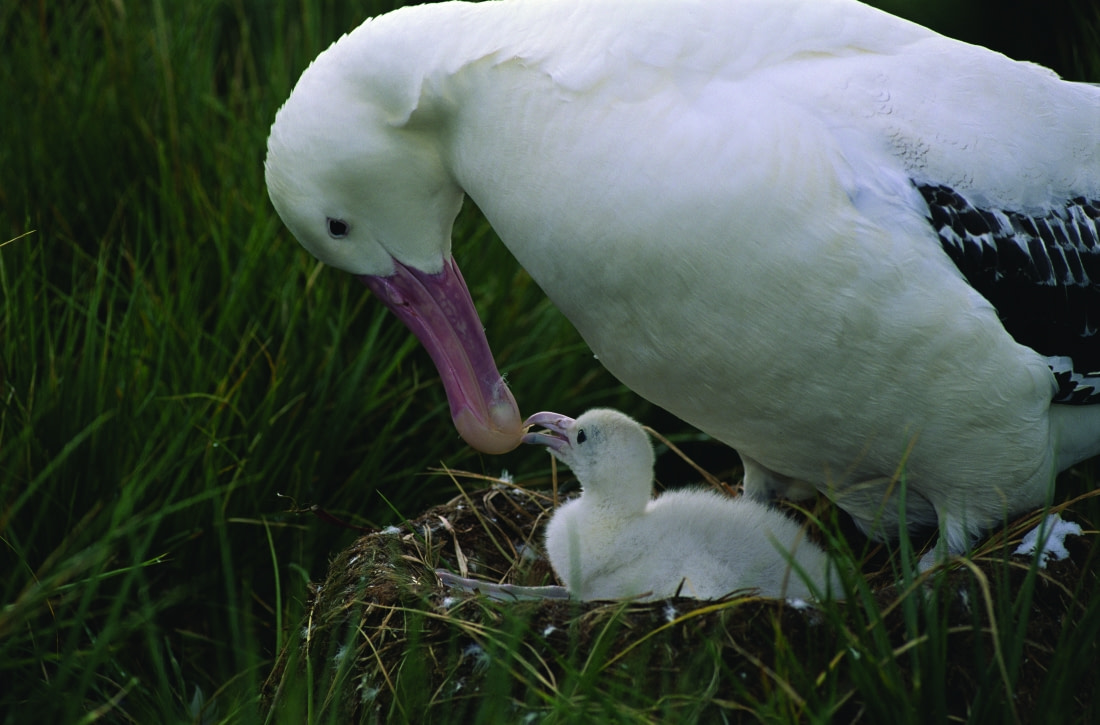
Reaching South Georgia
Due to South Georgia's remote location in the Southern Ocean, it is not a common tourist destination. Unlike standard cruise destinations, our ships venture to some of the most remote and rugged places on earth, offering a unique and memorable experience. If you are ready for an adventure, our experienced team can help you reach some of the most fascinating Antarctica cruises on earth.




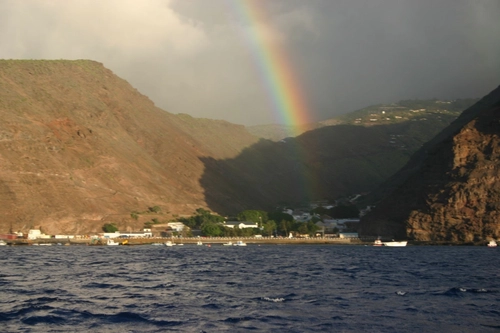
Related Trips
Blog


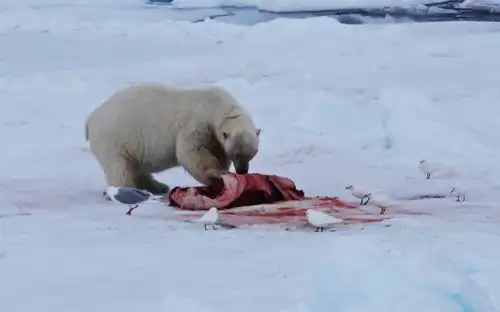
“The polar bear will still be there”

12 Tips to Help Keep Birds Safe During an Antarctic Cruise
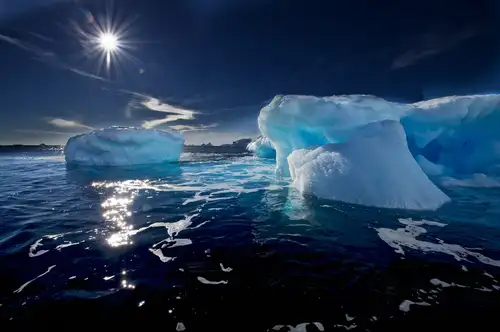
Everything you need to know about Antarctic icebergs

Orcas (aka Killer Whales) of Antarctica and the sub-Antarctic
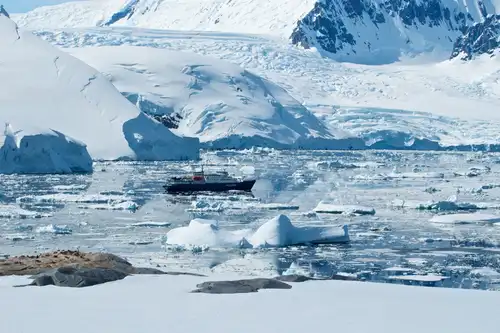
10 Books and Films To Prepare for your Antarctica cruise

Antarctic Explorer’s Voyage

Discover the Scoresby Sund Fjord System in East Greenland
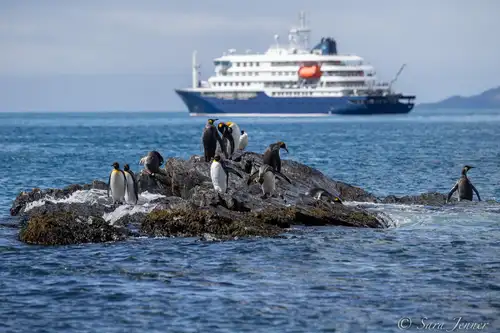
Weddell Sea, Shackleton’s Endurance, and New Swabia
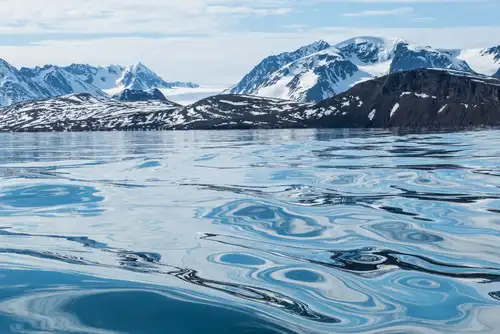
Freshwater ecosystems in the Arctic
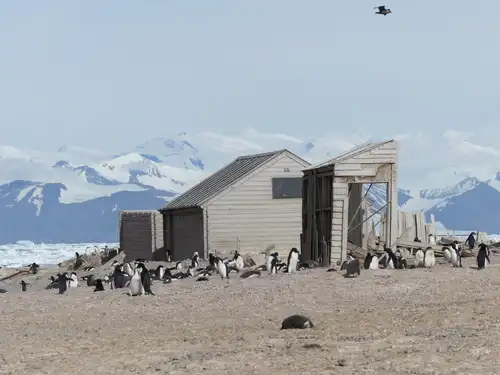
The First Buildings in Antarctica: Borchgrevink’s Historic Huts

Not Eskimos: 10 Enlightening Facts About the Inuit

Six Must-See Svalbard Sites
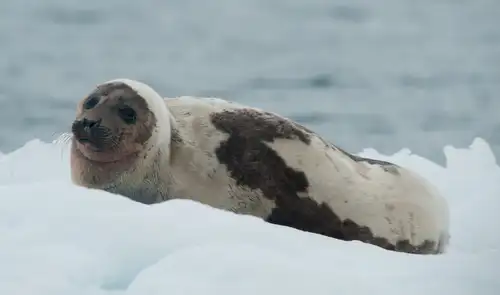
Harp seals harping on in Greenland

Around Spitsbergen vs. North Spitsbergen
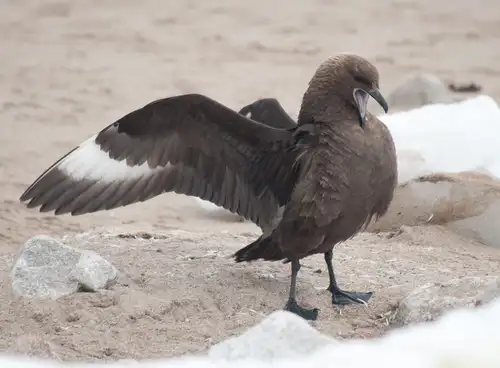
Fierce and Feathered: the Skuas of Antarctica

Greenlandic Inuit Beliefs
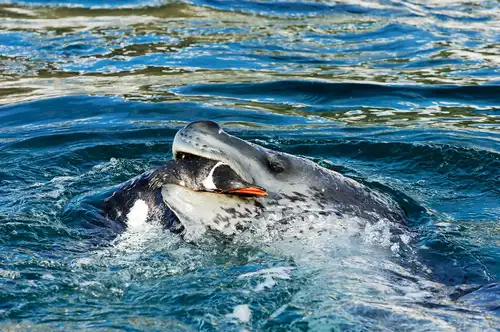
Danger Beneath the Water: 10 Facts About Leopard Seals
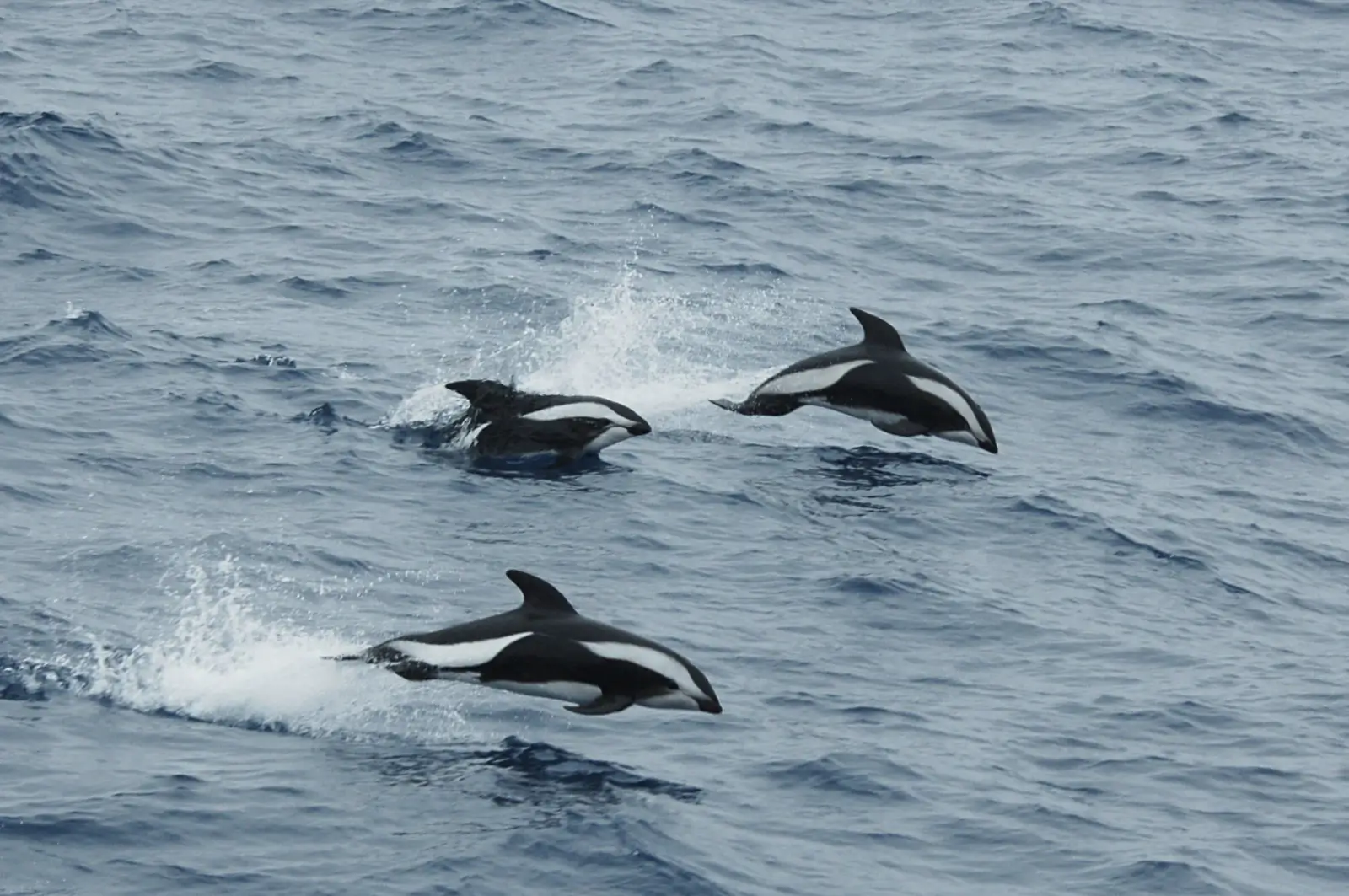
Antarctica’s Hourglass Dolphin

Exploration of the Polar Regions




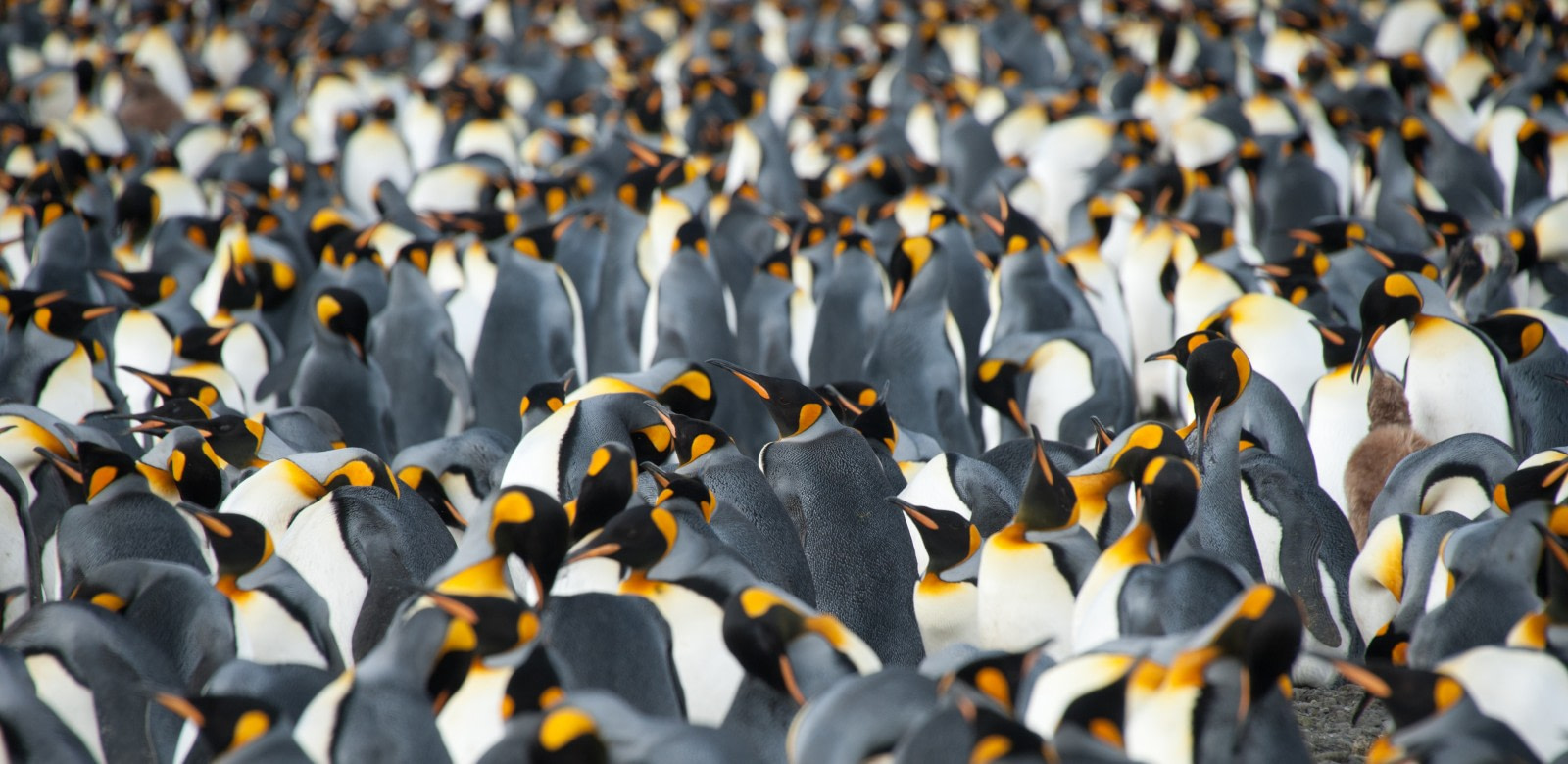

 19 Days / 18 Nights
19 Days / 18 Nights



